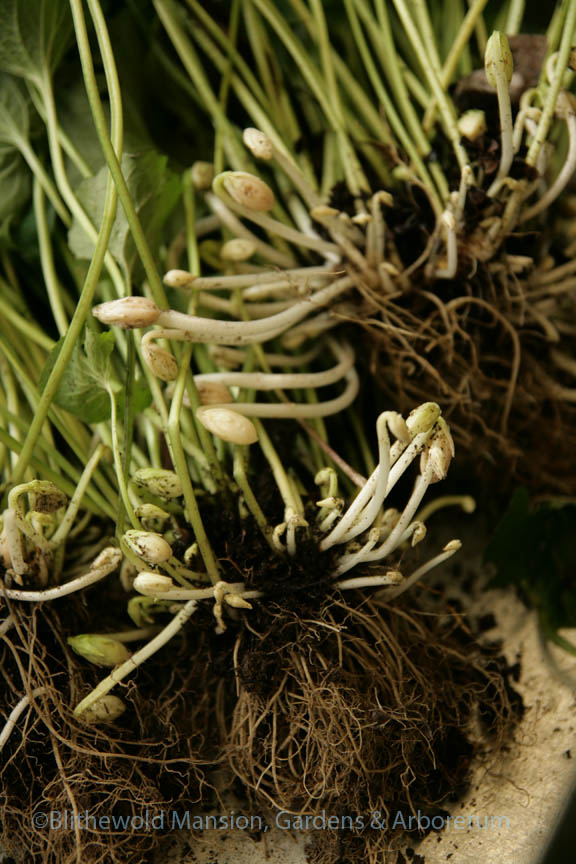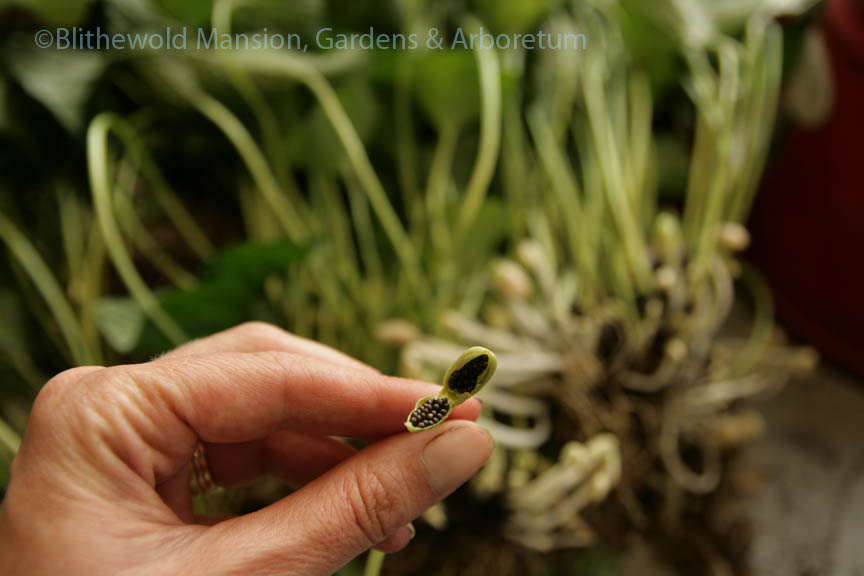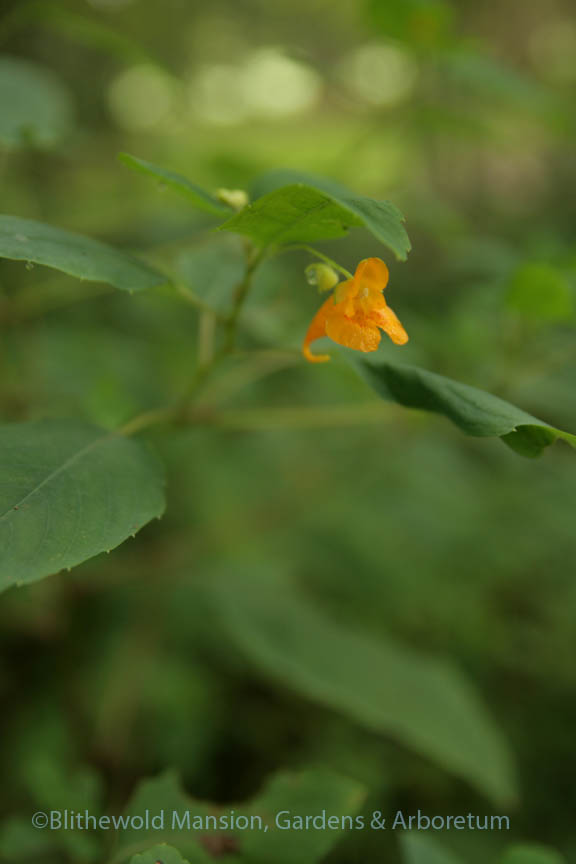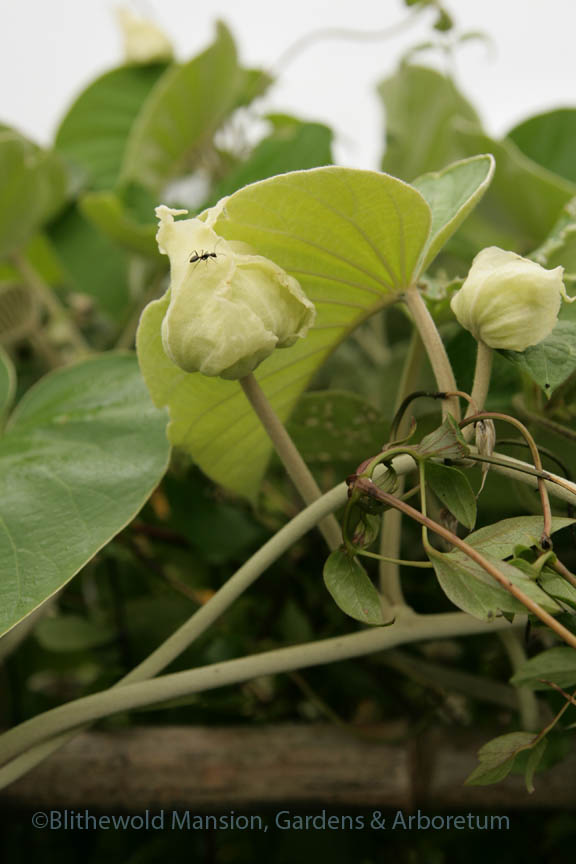Do-It-Yourself pollination
 Yesterday working in the Rose Garden one of our diligent volunteer weeders gave us a rare opportunity to check out some flowers that were never meant to be noticed. As the gardens continue to explode with blooms of every color, size and shape, and attract pollinators of every walk, fly, creep and crawl of life, some plants like these violas (which to us are only weeds if they’re in the wrong spot) are working overtime to produce closed, “cleistogamous”, self-pollinating flowers instead. Nature is weird.
Yesterday working in the Rose Garden one of our diligent volunteer weeders gave us a rare opportunity to check out some flowers that were never meant to be noticed. As the gardens continue to explode with blooms of every color, size and shape, and attract pollinators of every walk, fly, creep and crawl of life, some plants like these violas (which to us are only weeds if they’re in the wrong spot) are working overtime to produce closed, “cleistogamous”, self-pollinating flowers instead. Nature is weird.
Evidently, violas find their springtime pollinators so unreliable that they developed a last ditch survival mechanism: DIY pollination. It’s a terrible method for promoting genetic diversity – species are better off using “chasmogamous” or opening flowers to cross-pollinate – better yet, for a plant to reject its own pollen in favor of that from another – and change with the times. But survival is survival say the violas, the fittest be damned. We couldn’t help dissecting a couple of the flowers to check out the parts inside but would have needed a microscope or at least a loupe to identify anything. The ripening seeds were visible enough. I’ve never witnessed this but when they’re fully ripe and ready to go, they’re ejected like toast from the pod. Nature is cool.
Violas aren’t the only plant with a backup plan. Jewelweed (Impatiens capensis) does the same thing – though I couldn’t find any of its cleistogamous flowers. And I got kind of excited thinking that perhaps these pale green pouches (below, right) on the wooly morning glory (Argyreia nervosa) are its flowers because I’ve never seen them open further. But according to Google images, the buds inside eventually do open into chasmogamous flowers that are quite attractive – to my eye and probably to pollinators as well. Learn something new everyday.



